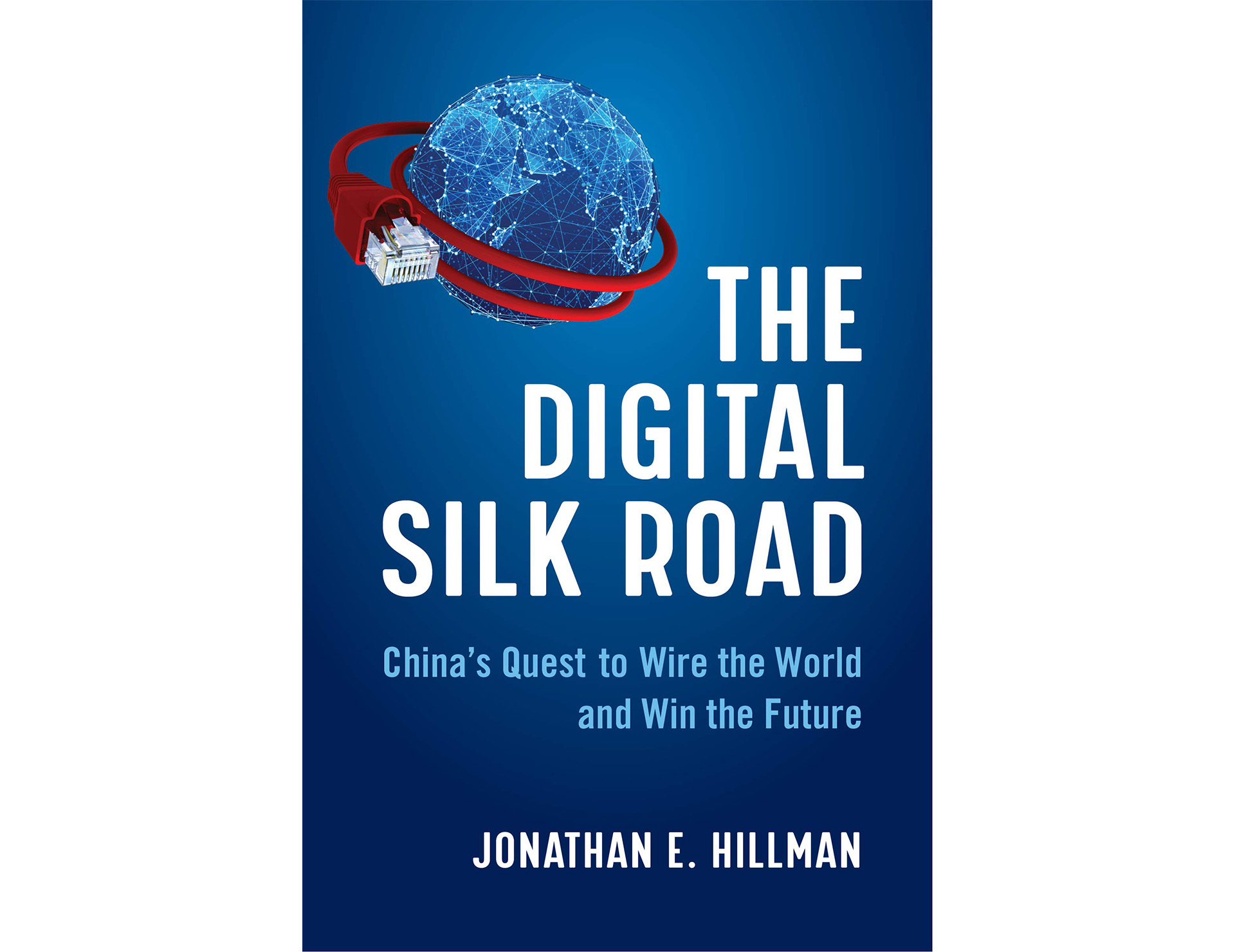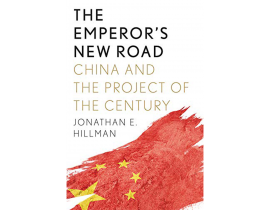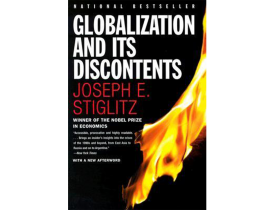Politicon.co
The Digital Silk Road: China’s Quest to Wire the World and Win the Future

Jonathan E. Hillman (2021), “The Digital Silk Road: China’s Quest to Wire the World and Win the Future”, The Center for Strategic and International Studies (CSIS).
The idea of the Digital Silk Road was endorsed by China to dictate its rise while trying to push the United States as the “world hegemon” in all fronts. Once importing all the infrastructure from US to be able to connect to the world, the Asian country has become one of the superpowers in the digitalization era. In his book on the topic, titled as “The Digital Silk Road: China’s Quest to Wire the World and Win the Future”, Jonathan Hillman sheds light on China’s emergence as a digital world power and analyses key milestones in the process. A particular emphasis is given to president Xi Jinping’s ambitious approach to turning the country into a top manufacturer of technological products.
Hillman starts with narrating how Chinese technology companies reached global customers while reducing dependence on foreign technology at home. Stretching from Americas to Africa, Chinese surveillance system has entered almost all continents, allowing it to break into national cybersecurity system of countries. The stakes of having control over the networks do grant China not only intellectual and commercial superiority but also a capability to crush its adversaries by technological means as an authoritative power. Hillman draws attention to the cooperation established between Chinese companies and the People’s Liberation Army (PLA) to reassert the need for taking more of a defensive attitude vis-à-vis threats coming from Chinese cables.
In Chapter two, the author analyses Chinese strategies of professionally converting copy-pasted information into advanced technologies and infrastructure that outperforms early architects of modern software and telecommunication services. He emphasizes the example of the Canadian manufacturer NORTEL, which stood as the main exporter of telecommunication services to undersupplied Chinese users for years, and was deluded as to create a new competitor itself in the face of Chinese companies. Hillman explains how Chinese experts could play different foreign companies off each other which were racing to acquire control over Chinese networks in a battle with costly concessions. The joint ventures, the author notes, resulted in feeding the social and technical capital of Chinese companies. The last parts of the chapter analyze how the Chinese giant Huawei evolved from a government-supported manufacturer with market access in China to a company reversing stock markets by utilizing American expertise.
Chapter three provides an overview of the conditions in places where North American companies lost to Chinese counterparts to illustrate the gaps in the field of connectivity that were filled with more attractive Chinese supplies. Hillman emphasizes the dependence of the United States, as well as the biggest European economies, like Germany and France, on Chinese products with no sound alternatives to maneuver.
Hillman continues with his evaluation of the Chinese surveillance systems as a reality check of the deceivingly enticing advertisements of the services offered. Giving reference to his observations at the Hikvision training, the author underlines the trivial role human rights considerations play in the practices of the so-called Chinese companies offering security and connectivity services. The same million dollars’ worth of “safe city” projects advertised to save lives in approximately 150 countries may also trap them into economic or political dependence. This does not preclude the author from highlighting how these systems, some powered by American capital, are taking over the streets of London and big American cities and continue to serve the political interests of China with a near-to-impossible return as the disassembly process itself requires additional resources.
Chapter five provides a detailed analysis of the fortress-like connection system of China established around three key strongholds that filter anything entering the territory. Viewing the relationship between global connectivity and state autonomy as a trade-off, the Chinese government has engaged the “Big Three” as the main gatekeeper controlling data flows. Despite the tight control and failed initiatives to establish autonomous systems allowing neutral exchanges at home, China is redrawing the world’s internet map with its subsea cables connecting four continents.
Fuelling its ambitions of controlling global connectivity, China could not stay aloof from the years-long American dominance over the space and Elon Musk’s ingenious handling of million-dollar NASA launches. Chapter six sheds light on the development of Chinese satellite system spurred by the “unforgettable humiliation” that happened during the Taiwan Strait crisis in 1996. Joining the initiatives for the development of global navigation satellite systems, China could take its share to be fed into further partnerships decorated with military aspirations. The author describes China both as a buyer and seller trading its less costly satellites in return of equity shares. Hillman touches upon the global competition to launch low earth orbit (LEO) satellites attracting investments stretching from Silicon Valley’s Amazon and Facebook and playing two state-sponsored Chinese companies against each other in foreign markets.
The last chapter illuminates the unspoken aspects of network wars as well as the existing polarization in the internalization process and brings to the reader the reasons why the West fails to demonstrate a unified action against Chinese domination despite the superiority of the United States in a number of products compared to China. Referring to the European Council’s data about falling trust (40%) in the United States among European superpowers, the author brings to the fore his proposals over establishing an effective alliance powered by American monopoly and legislation with the “Brussels effect”. Also, according to Hillman, competition is not always black and white and failing to agree on a joint set of actions, the West should attract India as a developing country with strong capacity (especially in software) but weak manufacturing power before “cheaper” Chinese options take the lead.
Jonathan E. Hillman has written this book as a continuation of his research on Beijing’s rapid acceleration into global markets. Following his thorough analysis of the “Belt and Road Initiative”, he takes a ride along the “Digital Silk Road”, ringing a wake-up call for Washington with an emphasis on how the US can compete better. The book is an excellent piece fuelled by empirical evidence to inform readers interested in Chinese global projects of strengths and weaknesses aside from advertised information.
![]()
- TOPICS :
- Economy
- REGIONS :
- Central Asia
- East Asia and Pacific









jpg-1599133320.jpg)

